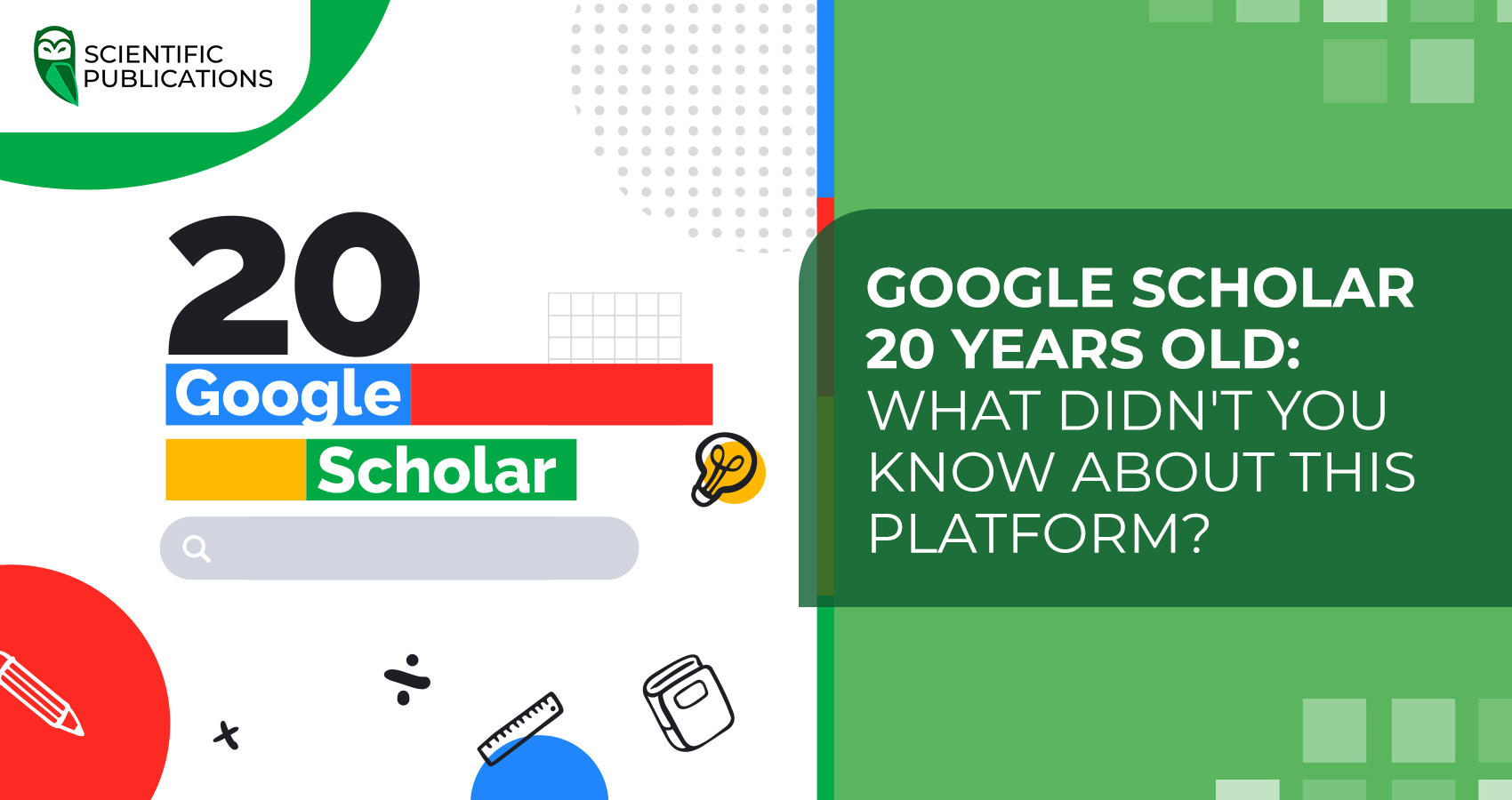Over the 20 years of its existence, Google Scholar has made a real breakthrough in academic search, providing researchers, students, and teachers with access to millions of scientific materials. Thanks to its innovations and ease of use, the platform has become an indispensable tool for the scientific community, greatly simplifying access to knowledge and facilitating the global dissemination of ideas.

Google Scholar was founded in 2004. At the initial stages of development, the platform had several drawbacks, including slow loading and limited functionality. To overcome these difficulties, the founders used the so-called “Sneakernet” – the physical delivery of hard drives with scientific articles. Publishers uploaded materials to the discs, which the Google Scholar team personally picked up on the way to the office.
Over the past 20 years, Google Scholar has undergone significant changes, significantly optimising its work. It has become easier to use and accelerated data search, which, in turn, has opened up new horizons for access to knowledge and contributed to the development of scientific research.
Key stages of Google Scholar development
- 2004: Google Scholar was founded;
- 2006: Introduction of the citation import function;
- 2007: Launch of a programme to digitise and publish journal articles in agreement with publishers;
- 2012: Introduction of Scholar Citations profiles for individual researchers;
- 2013: The Google Scholar Library feature was added to store and organise search results;
- 2013 (later): Introduction of tools for analysing the impact of research areas and journals;
- 2024: AI-assisted summarisation is added.
Google Scholar features
- Artificial intelligence for in-depth analysis of articles. Using AI, you can quickly find key points, citations, and related research in PDFs. To learn more about this feature, read our article.
- Access to case law. Quickly search for legal precedents using a special tool.
- Automatic generation of bibliographies. Google Scholar generates citations in a variety of formats for easy use in your papers.
- Tracking scientific achievements. The system congratulates users who have achieved significant results in citing their works.
Advantages of Google Scholar
- Comprehensive search. Google Scholar allows you to find scientific materials of various formats (articles, books, dissertations, preprints, etc.).
- User-friendly interface. The intuitive interface optimises the process of finding the necessary information.
- Additional features. Creating a personal library, tracking citations, exporting bibliographic references – all this makes working with Google Scholar even more efficient.
- Free access. Google Scholar is a free resource that makes scientific materials available to everyone.
Since its inception, the Google Scholar search engine has significantly expanded its capabilities and become a powerful tool for the scientific community. Thanks to many years of improvements, the platform has become more convenient, faster and more reliable.
We congratulate Google Scholar on its 20th anniversary! This important milestone symbolises a huge contribution to the development of access to scientific knowledge around the world.
Follow us on social media to keep up with the latest news from the world of science and scientometrics. Together to new scientific achievements!





